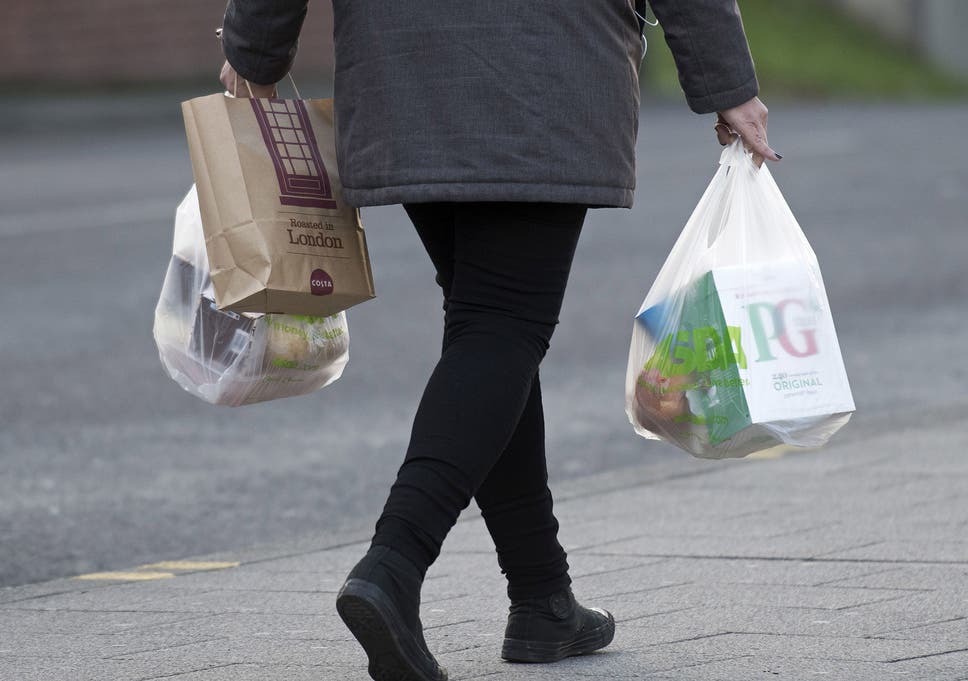
Summary of Solutions by Overall Rank
This table provides the detailed results of the Plausible Scenario, which models the growth solutions on the Drawdown list based on a reasonable, but vigorous rate from 2020-2050. Results depicted represent a comparison to a reference case that assumes 2014 levels of adoption continue in proportion to the growth in global markets.
NOTE: Energy Storage (utility-scale & distributed), Grid Flexibility, Microgrids, Net Zero Buildings, and Retrofitting were not modeled independently to avoid double counting impacts from other solutions.
Summary of Solutions by Overall Rank | Drawdown








